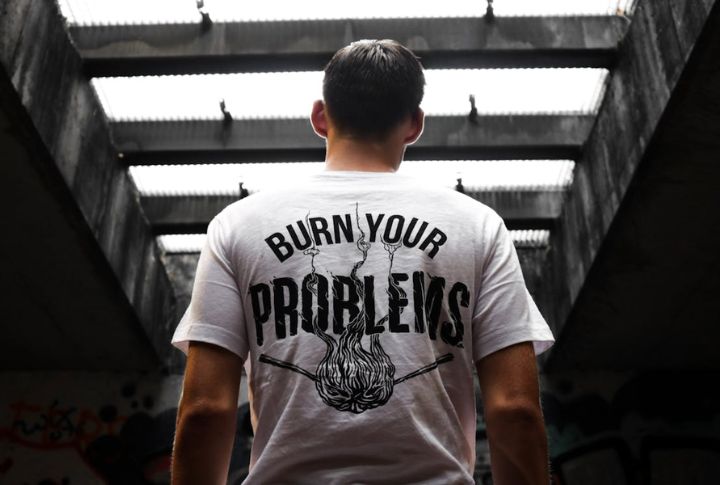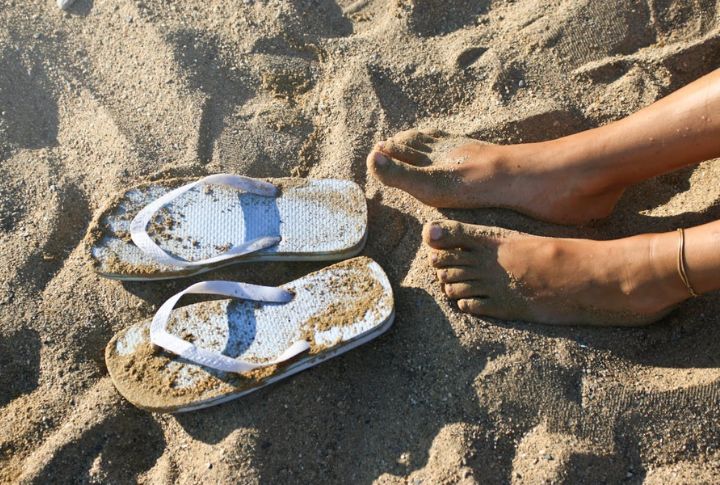
Some clothes seem harmless until they start holding you back. Your boss may not comment, but that doesn’t mean it’s going unnoticed. So, here we are, with a list of items that don’t belong in your office wardrobe. If you’re ready to send the right message through your outfits, take note and avoid wearing these 10 things to your workplace.
Graphic Tees With Offensive Prints

That edgy slogan on your chest might amuse you, but it could land your employer in hot water. HR departments regularly respond to complaints about inappropriate messages. Why? Because humor is subjective. What feels like free expression to one person may be perceived as disrespectful by someone else.
Leggings Worn Without Coverage

Leggings aren’t banned everywhere, but they’re often flagged when worn without long tops. They reveal more than most realize when stretching or bending. Some companies even list them by name in dress codes. So, stretch fabric doesn’t stretch the rules, especially in business-casual workplaces.
Flip-Flops Or Beach Sandals

Footwear that flaps, squeaks, or exposes too much skin usually raises eyebrows in the office. Many companies prohibit open-toe shoes for safety reasons. Beyond the noise and hygiene concerns, they signal “vacation mode” in spaces meant for work, not lounging by the pool.
Wrinkled Or Stained Clothing

Cleanliness and grooming impact your professional image. Wrinkled or stained items give the impression of disorganization or neglect. Managers notice these small details and often link them to work habits. Coffee stains and crumpled shirts have quietly derailed more reputations than you’d expect.
Sheer Or See-Through Tops

Office lighting and natural sunlight can reveal more than intended. Even subtle sheerness can distract your coworkers. HR teams frequently cite transparent fabrics in workplace complaints. In conservative environments, sheer materials can result in written warnings or disciplinary action without prior notice.
Sagging Pants

If the waistband of your underwear—or worse, the brand name—is peeking out every time you move, that’s a red flag in most workplaces. Visible boxers or briefs, especially with bold logos, read as careless. Save the Calvin Klein waistband reveal for off-hours, not office hours.
Overly Casual Hoodies

In relaxed workplaces, hoodies seem harmless, but they often carry unspoken bias. Some managers view them as signs of minimal effort. That perception can affect assignments and visibility. Even in startups, leaders are less likely to reach for someone who looks disengaged.
Skirts That Ride Too High

Short skirts may follow trends, but many offices enforce strict policies. Sitting shortens the visual line even more, making it extremely revealing. Employees have received dress code warnings after wearing hemlines that are above the knee, and HR complaints frequently cite such issues during regular meetings.
Crop Tops Or Midriff-Baring Styles

Bare midriffs turn heads for the wrong reason. It doesn’t matter if you’re in a creative field. Exposed skin in professional spaces triggers policy reviews. Many offices now include “torso must remain covered” language. So, save the “hot” look for casual hours.
Tank Tops

Showing off arms might work at the gym, but not in the office. Sleeveless shirts on men often cross the line into casual or gym-wear territory, especially in corporate or client-facing roles. A collared shirt sends a much stronger message than flexing delts during a meeting.

